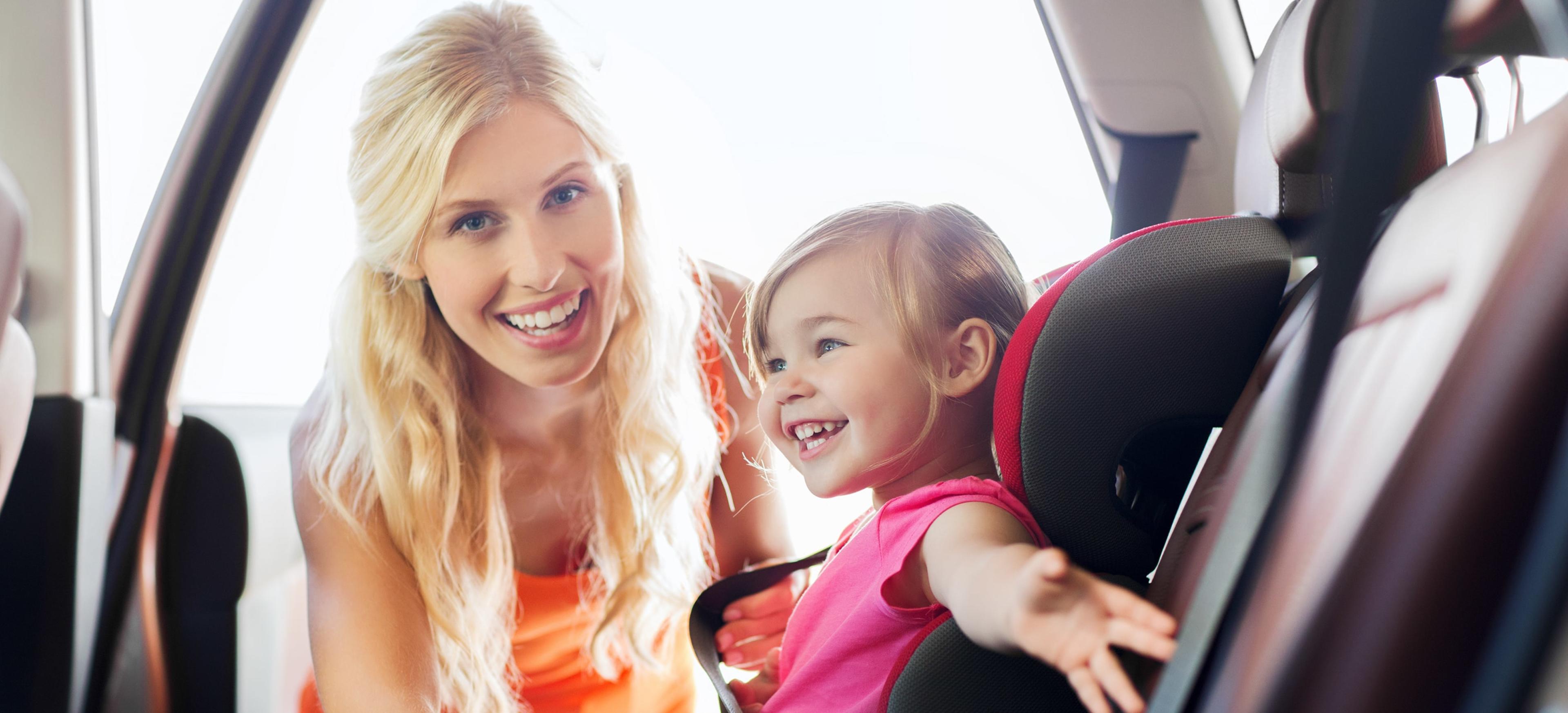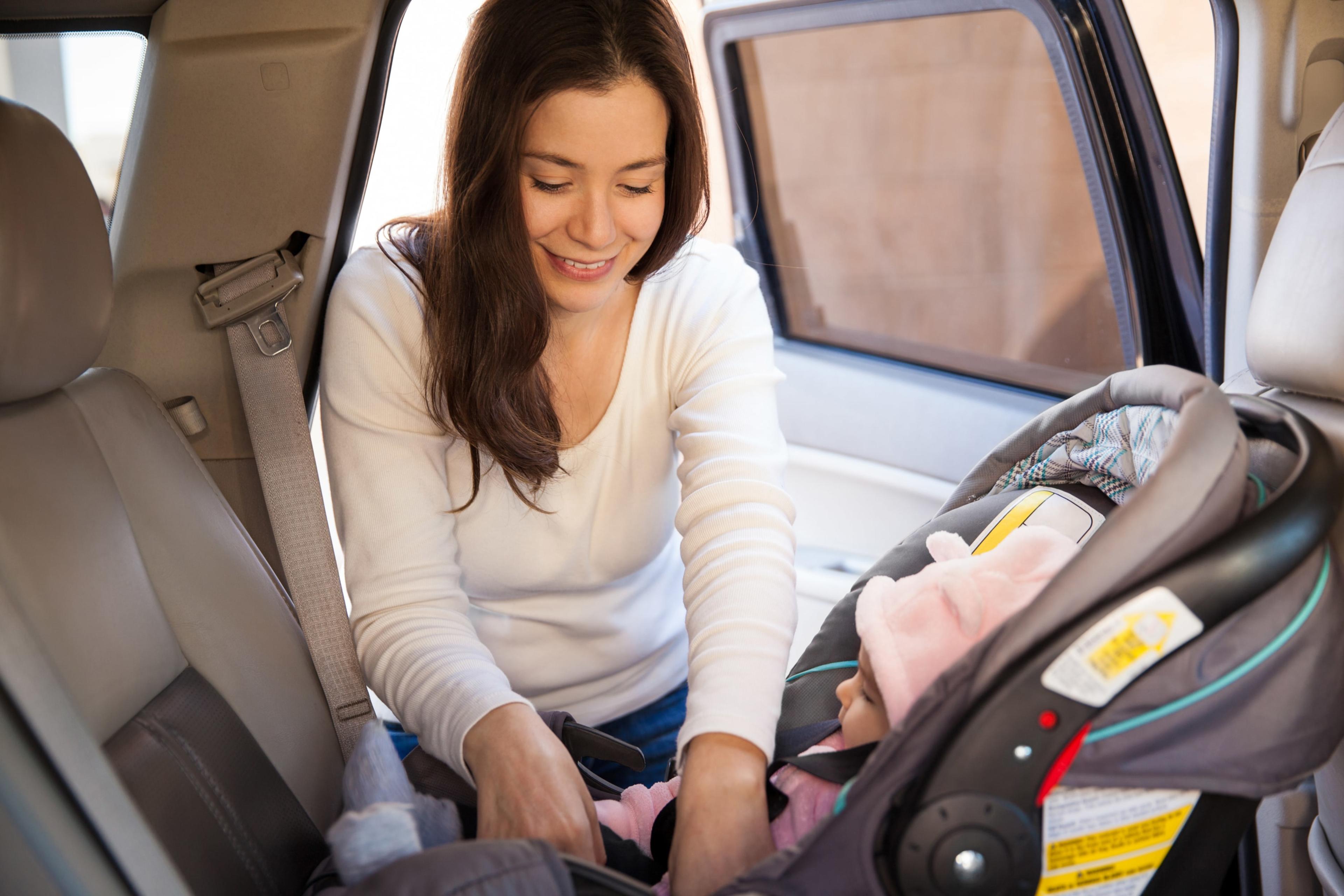
Everything You Need to Know About ISOFIX
Posted in Motoring Tips
Everything You Need to Know About ISOFIX
ISOFIX has been allowed in Australia as a standard for child seats for almost a decade now. Why is it a safer alternative and what makes ISOFIX compliant seats different?
With research by Monash University’s Accident Research Centre showing that approximately 80% of the current style of child car seats incorrectly installed in Australia, and heralded as a safer alternative to the current Australian standard.
What is it?
ISOFIX is the original name of a fastening method in cars that secures the child car seat to a bracket at the base of the seat, rather than relying on the car seatbelt to tether the car seat.
The system attaches the car seat using two rigid connectors to anchorage points at the base of the rear seat, with a button release claw. In Australia, there is also a top tether strap to secure the seat and keep it from rotating or moving in the event of a crash.

Why is it safer?
An incorrectly fitted car seat is obviously unsafe for your child, and the previous system of tethering the car seat with seatbelts can lead to incorrect fitting seats because of unclear instructions or inconsistent fitment across brands.
Child car seats that are secured using the seatbelts are often installed incorrectly thanks to an incorrect amount of tension in the seatbelt, or not running the seatbelt through the correct points on the child seat. ISOFIX seats remove this complication.Admittedly, there may not be structural differences to the child seat to make it any safer than a non-ISOFIX seat – however, because ISOFIX compliant child car seats remove the complication when installing, this ensures that the child seat has minimal or no movement that will harm your child in an accident or when travelling.
What cars have ISOFIX points?
Newer cars should have ISOFIX anchor points, but not all do so if you are looking at purchasing a car knowing that you’ll need to fit a child car seat it’s worth looking in the back seat for the metal anchor points at the base of the rear seat (they’re usually labelled and on cars with three rows of seating ISOFIX points may be on either the middle, rear or both rearward rows.)
The top tether anchor point will be located in a different place depending on your car. Ideally, it will be on the back of the rear seat so you don’t have straps running all over the place, however it may be on the roof or on the rear parcel shelf.
How do I fit an ISOFIX seat?
Extend the connectors at the base of the child car seat, put the child seat in place on the back seat and push it onto the anchors points until you hear a click. Then take the top tether strap and attach it to its anchor point, making sure that the strap is as tight or tense as possible so that the seat doesn’t move in the event of an accident or when travelling.

Is ISOFIX on all child car seats?
It’s not mandatory, however more and more brands are adopting it. The sales staff wherever you buy your car seats should know if a particular product is ISOFIX compatible.
You can purchase rearward and forward-facing child car seats that are ISOFIX compatible, however booster seats and convertible booster seats for older children do not have ISOFIX compatibility. You cannot purchase or import ISOFIX seats from other countries (like the US) because of their differing standards. For example, European ISOFIX standards do not require child seats to have a top tether point.
It’s also important to know when to move up to the next size car seat. Babies should be placed in rearward facing car seats for as long as possible with their size. They will then progress to a forward-facing child restraint with a built-in harness, before moving onto a booster seat as they age. Children under 7 must be in a child restraint, and cannot sit in the front seat unless other children occupy all other seats.
If you’re unsure about when your child should move to the next size of car seat, there are often markers on the restraint itself to show when the child should move up, but a general guide is when the eye level of the child is above the back of the current restraint.



